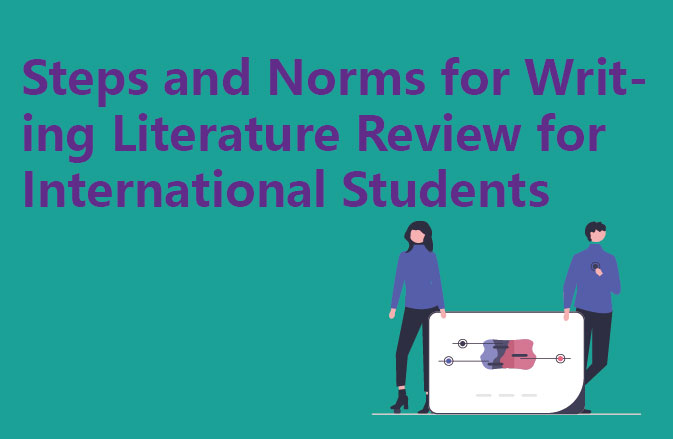1. Selection of the scope of the study
– May seek advice from classmates or teachers;
– Combine with the current state of research and explore potential academic gaps to determine the topic.
2. Construct the full text structure
– Refer to logical and rigorous research papers, and draw on their core framework to build your own literature review system;
– Arrange the detailed reading and extensive reading of the literature.
3. Literature search and screening
– Use keywords to search for relevant literature;
– Classify and organise the information obtained, and select the literature closely related to the topic in advance for intensive reading, and the rest for selective reading.
4. Abstracting and sorting out papers
– Systematically read and record the highlights;
– Presentation of personal opinions and summary with insight and depth.
5. Presentation of the literature
– The research is integrated with the topic of the dissertation, and the impact and contribution of the literature to the dissertation is presented;
– Present the literature in a variety of organisational ways as required, e.g. chronologically or by cause and effect.
Literature Review Layout
Introduction: to clarify the topic and its importance, to make clear the idea and focus of the article, and to add relevant background information.
Methodology: detailing the criteria for selecting literature, analysing concepts in depth, and explaining conclusively the specific factors in the use of evidence in order to support or refute the evidence used in the research hypothesis.
Findings: A brief summary of problems in the current literature, research gaps, and areas not covered, with particular attention to ambiguities, research gaps, and recent publications on the issue.
Writing tips for Literature Review
1. Ensure sources and references are current and relevant, avoid outdated data if conducting recent research. 2.
2. Cite references in compliance with your field’s conventions, refrain from extensive plagiarism. 3.
3. Present related terms and perspectives in a fair and comprehensive manner, do not distort the author’s intent by selectively citing. 4.
4. Full citation is the inclusion of the cited person’s name within the quoted sentence. 5.
5. Maintain logical order of General Specific; Theory-> Practice
6. Avoid theoretical discussion that lacks application. All theories should support arguments, use an outline to keep focus on main topics.




